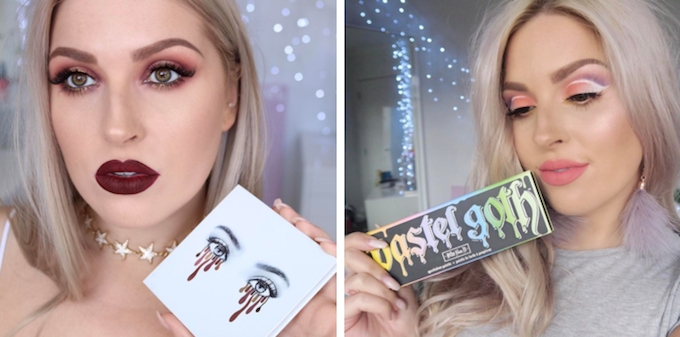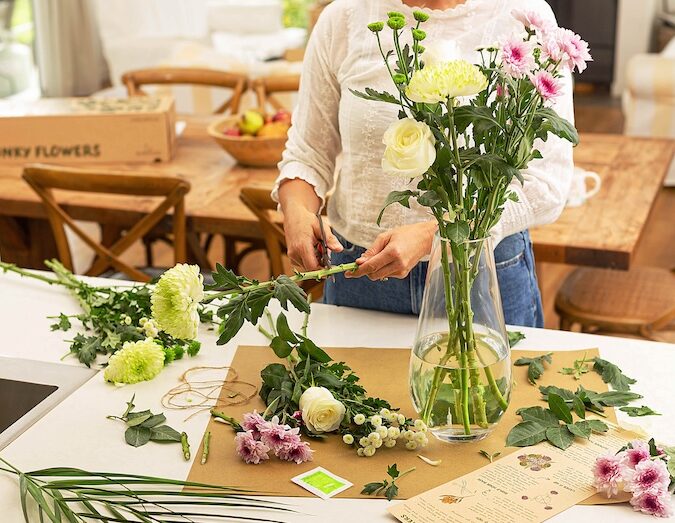
Today I went to a talk about how the US fashion industry has embraced influencer marketing and what it has learned along the way. The first speaker was Carrie Fisher, CMO of US department store and online retailer Neiman Marcus. Fisher was formerly CMO of Fossil and also used to run e-commerce for Travelocity. The second speaker was Melissa Davis from ShopStyle, an American fashion search engine that aggregates over 1500 online clothing retailers.
We all know that social media can drive brand awareness and engagement, but the holy grail has always been how to transform this into cold, hard sales. With shoppers turning to their social networks and those they admire online not just for inspiration but also for advice on where to shop, both ShopStyle and Neiman Marcus are very clear that this is where they will drive significant sales uplift.
Neiman, for example, works with 16,000 social media influencers, and attribute 26 percent of all online sales to traffic driven by influencers. They know this because they track sales using unique URLs and promo codes. Within this 16,000 influencers are some big social media figures but also a significant number (they wouldn’t say how many) of what they called ‘micro-influencers’, which they define as anyone with fewer than 100,000 followers. That’s right. It made me smile, too.
Both Fisher and Davis advised brands to choose their influencers based not just on the number of followers, but also:
1. The frequency and level of engagement an influencer has with their follower base.
2. The natural fit of the influencer and the brand and its products. If they don’t fit, don’t force it. The followers won’t buy it.
3. The uniqueness of the influencer. Do they have their own take on life that their followers identify with? If so, they’re likelier to hold their follower base over the long term.
ShopStyle data says that customers who have followed one of their influencers will visit the site 65 percent more than someone who has not. And with numbers like this, it’s not surprising that fashion brands across the US are moving focus and spend from glossy print campaigns featuring beautiful photography to more authentic, low-fi and accessible content via social media.
Neiman used to do a quarterly event called The Art of Fashion, a high-end photo shoot featuring the pick of that season’s fashions, which would then go out via Vogue and Harpers Bazaar. Now, the budget is spent engaging those on social media who can make authentic recommendations about items stocked at Neiman to those who listen to them.
A traditional approach to using influencers online is that they’re all about awareness at the top of a linear sales funnel. However, pretty much all of the organisations I have spoken to at SXSW have been saying that the sales journey is no longer linear. Each consumer follows the path they choose to and in terms of where social media influencers fit, it can be anywhere within that. It’s important to know where you want them to work, as they can play a role at the top of the funnel to drive awareness, as well as a role lower down to drive actual sales—for example telling their followers about a unique special offer that’s on right now.
It’s absolutely essential to have defined goals around what you’re doing. As this may be relatively new to your organisation, it’s key to set out what you are trying to achieve and to demonstrate progress against that. What KPIs you might use depends on where in the funnel this sits. For example, upper funnel is about impressions and awareness (which you could measure on a CPM), but lower funnel you can look at visits to the site, sales, via promo codes.
Fisher made the point that Neiman track sales driven by a particular influencer as part of a campaign for months, not just the week of the post, because many followers might only engage with that content later on and that’s still value driven by the activity. She went on to discuss the question of how this activity might be used as a one-off campaign or always-on activity.
Her advice is to treat influencer marketing as an ongoing piece of activity, just like the use of any other channel in marketing. You wouldn’t run a web banner once and hope for it to work, and this is no different; it won’t work if you do it just once. It requires ongoing commitment because influencing people takes time and multiple engagements.
This is all very well for fashion you might say, but what does this mean for other categories? My view is that in the B2C context of how they engage their customers, what these brands are doing could be relevant to anyone whose customers may be online. And I’m guessing that includes you.




